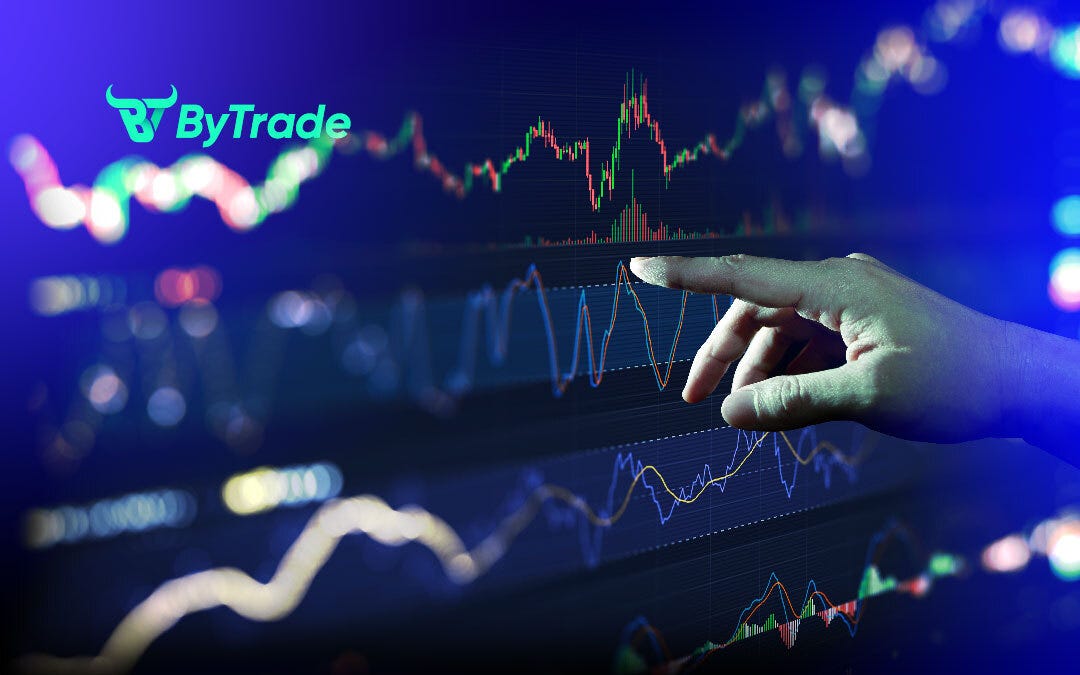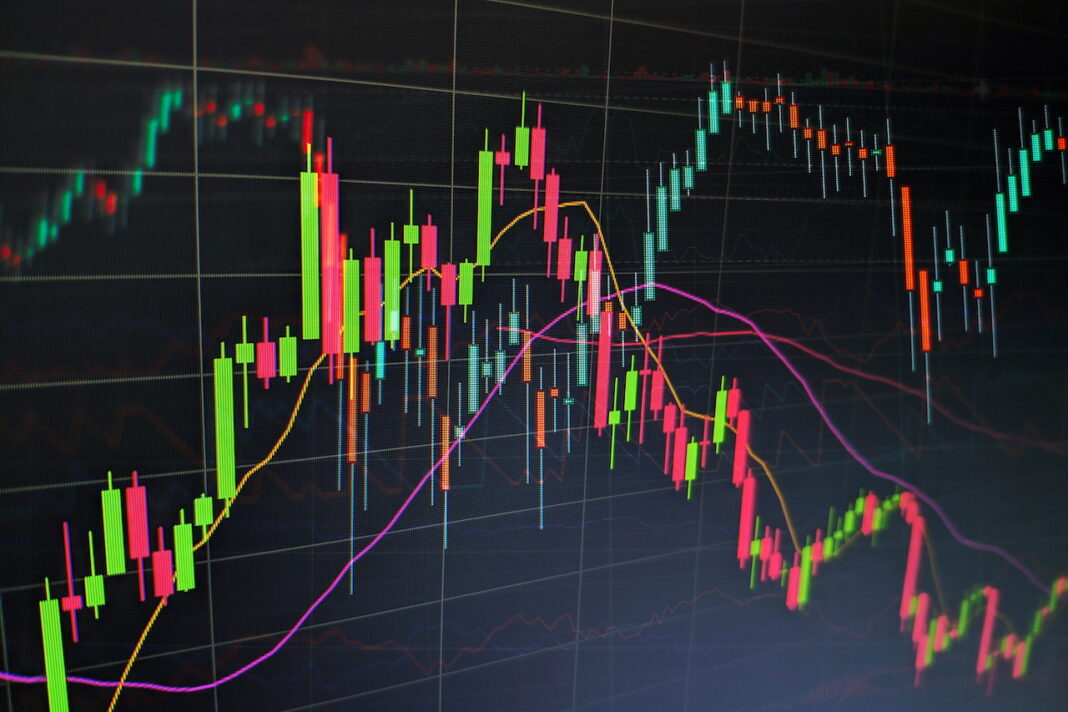How to Do Trading in the Modern Market 2

How to Do Trading in the Modern Market
If you’re looking to get started in the trading world, you’re in the right place. how to do trading in crypto visit website to learn more about recent trends and news that could affect your trading decisions. Trading can be an exciting and rewarding endeavor, but it requires knowledge, strategy, and discipline. This guide will explore the essential aspects you need to know to navigate the trading landscape effectively.
Understanding the Basics of Trading
Before diving into the world of trading, it’s crucial to understand some fundamental concepts. Trading primarily involves buying and selling financial instruments such as stocks, bonds, commodities, and currencies. The goal is to purchase these instruments at a low price and sell them at a higher price, thereby making a profit.
Types of Financial Instruments
1. **Stocks**: Shares representing ownership in a company. When you buy a stock, you become a shareholder and have a claim on the company’s assets and earnings.
2. **Bonds**: Debt securities issued by corporations or governments. When you buy a bond, you’re lending money to the issuer in exchange for periodic interest payments and the return of the bond’s face value at maturity.
3. **Commodities**: Physical goods such as gold, oil, and agricultural products. Commodity trading often takes place in futures contracts, which are agreements to buy or sell an asset at a predetermined price at a specified time in the future.
4. **Currencies**: Trading different currencies in the foreign exchange market (Forex). Forex trading is one of the most liquid markets globally and can be highly volatile, presenting numerous opportunities for traders.
Selecting a Trading Platform

Choosing the right trading platform is a critical step in your trading journey. A trading platform is software that enables you to place trades, analyze markets, and manage your portfolio. Here are some factors to consider when selecting a platform:
- **User Experience**: Ensure the platform is user-friendly and intuitive.
- **Fees and Commissions**: Be aware of any fees associated with trading, such as commissions and spreads, which can affect your profitability.
- **Available Assets**: Make sure the platform offers a wide range of assets that align with your trading interests.
- **Tools and Resources**: Look for platforms that provide robust tools for analysis, research, and risk management.
- **Customer Support**: Reliable customer support can help you resolve issues or answer questions quickly.
Trading Strategies
Once you’ve chosen a trading platform, it’s time to develop a trading strategy. A trading strategy is a plan that outlines how you will enter and exit trades based on specific criteria. Here are a few popular trading strategies:
1. Day Trading
Day trading involves buying and selling financial instruments within the same trading day. Day traders typically capitalize on short-term price movements. They often use technical analysis and various charting tools to identify trading opportunities.
2. Swing Trading
Swing traders hold positions for several days or weeks, looking to profit from anticipated price changes. This approach requires less time than day trading and allows traders to find opportunities without constantly monitoring the markets.
3. Position Trading
Position trading is a long-term strategy where traders hold onto their investments for months or even years. Position traders are often less concerned with short-term market fluctuations and focus instead on the overall trend.

Risk Management
Managing risk is an essential aspect of trading. Every trader needs to have a risk management plan in place to protect their capital. Here are some fundamental risk management techniques:
- **Use Stop-Loss Orders**: A stop-loss order automatically sells your position when it reaches a certain price, limiting your losses.
- **Diversify Your Portfolio**: Don’t put all your money into one asset; instead, spread your investments across different financial instruments.
- **Set a Trading Budget**: Only trade with money you can afford to lose, ensuring that your financial health isn’t compromised.
- **Educate Yourself**: Continuously educating yourself about the markets and trading strategies can help you make informed decisions.
Staying Informed
Markets can be influenced by a variety of factors, including economic data releases, earnings reports, and geopolitical events. Staying informed about current events and trends is crucial to effective trading. Here are some resources to help you stay updated:
- **Financial News Websites**: Sites like Bloomberg or Reuters provide up-to-date news and analysis.
- **Market Analysis Services**: Consider subscribing to market analysis services for expert insights.
- **Social Media and Trading Forums**: Engage with other traders on platforms like Twitter or Reddit to share strategies and insights.
Executing Your Trades
Once you’ve done your research and developed your strategy, it’s time to execute your trades. Here are some steps to follow:
- **Analyze the Market**: Use technical or fundamental analysis to identify the best entry and exit points.
- **Place Your Order**: Enter your trade on your chosen platform, selecting the amount you wish to buy or sell.
- **Monitor Your Trade**: Keep an eye on the market and be ready to adjust your strategy if conditions change.
- **Exit Your Position**: Follow your strategy’s guidelines to exit your position, whether it be taking a profit or cutting losses.
Conclusion
Trading can be a rewarding opportunity, but it requires a clear understanding of the markets, a solid strategy, and effective risk management. By following the guidelines outlined in this article, you’ll be well-prepared to enter the world of trading confidently. Remember, continuous learning and adaptability are key components to becoming a successful trader.
